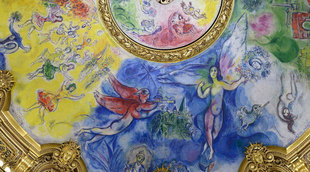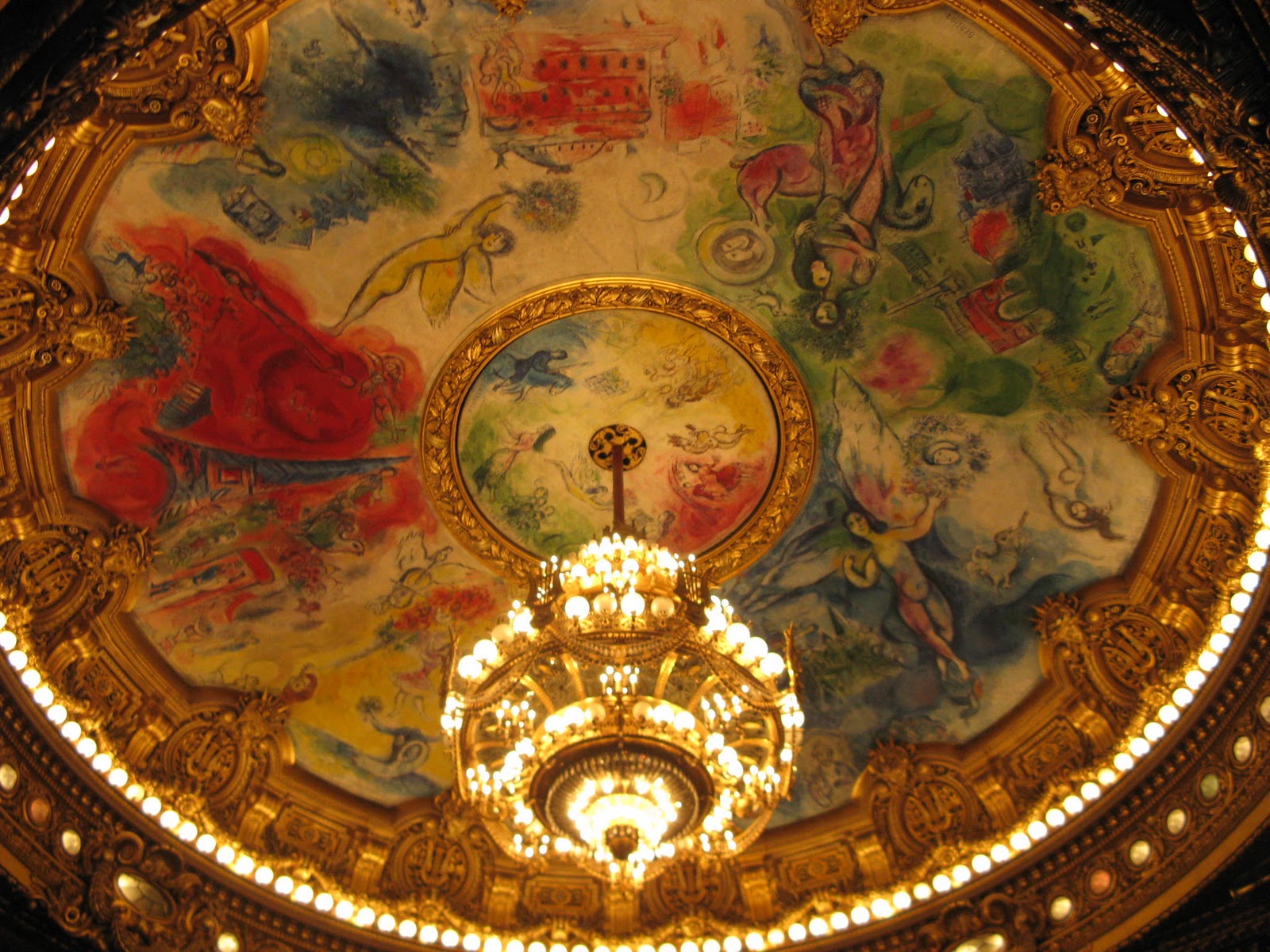Charles Baudelaire believed that all the arts are linked, as seen in the ability of colour to inspire musical thinking – we speak of colour in terms of harmony and line in terms of rhythm. This relationship works both ways, evidenced by a plethora of visual artists who were inspired by music.
Although Degas is known for his paintings of dancers, In ‘The Orchestra of the Opera’, he takes the musicians in the orchestra pit as his focal subject, many of whom he knew personally. In doing so he obscures the main event taking place on the stage above which would typically be prioritised in a painting. The composition is dramatically cropped, foreshadowing his passion for photography. It captures the sense of a snapshot of a busy opera, and intersecting instruments such as the head of a double bass connect the spaces of audience and stage and position the viewer as a member of the audience. Charles Stuckey compared the viewpoint to that of a distracted spectator at a ballet, and says that it is Degas’ fascination with the depiction of movement, including the movement of a spectator’s eyes during a random glance, that makes him an impressionist. Whilst the musicians are treated as group portrait and their instruments accurately depicted, the legs and tutus of the dancers above are treated much more loosely like a quick study. In this way Degas blurs the distinction between genre painting and portraiture.
Degas, The Orchestra of the Opera, 1869
Chagall’s musical inspirations went deeper than the representation of musicians. They are expressed in his choice of colours and application of paint. He loved Bach and Mozart, and was also a big jazz fan. Connections between music and art in his work were extended by his creation of the sets for the New York Ballet, including the colourful performance of ‘The Firebird’. His painted ceiling of the Paris Opera house was a 2,600-square-foot canvas covered in 440 pounds of paint. Music inspired the composition and colour intensity as well as the subject matter, commemorating contemporary and historic composers, actors and dancers. He said ‘Colour is vibration like music. Everything is vibration.’ He channelled this by listening to music, with a particular preference for Mozart’s Magic Flute during the painting of the Paris Opera House ceiling, having designed the sets and costumes for the 1967 Metropolitan Opera production of the piece. It is represented in a commemoratory panel to Mozart - a giant angel fills the blue sky while a funny-looking bird plays the flute.
Scottish colourist J.D Fergusson was particularly inspired by music and the idea of rhythm. Rhythm was the title of an arts periodical launched in 1911, of which Fergusson was art editor. The cover design was a reworking of one of his paintings, also known as ‘Rhythm’, which depicts a seated female nude. For Fegusson, rhythm meant a vital energy and harmony seen in nature, represented by woman as the source of natural life. Ideas of rhythm also come across in his bold use of line and repeating curves, creating the dynamic forms of the figure and background. Like Chagall, Fergusson took inspiration from the meeting of music and art in ballet, in this case the Ballets Russes which were taking France by storm from 1909-11. Elizabeth Cumming compared his paintings’ themes of surging nature, primitivism and expressive sexuality to Stravinsky’s Rites of Spring.
J.D. Fergusson, Rhythm, 1925




